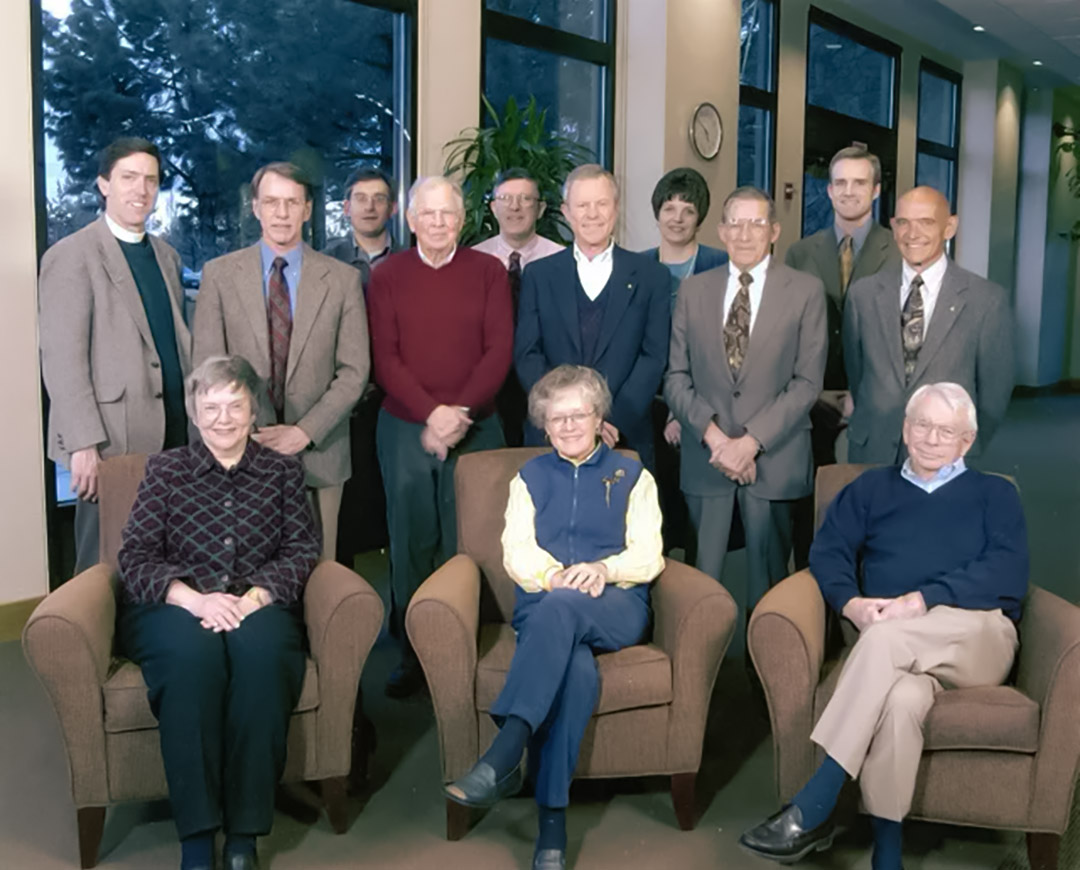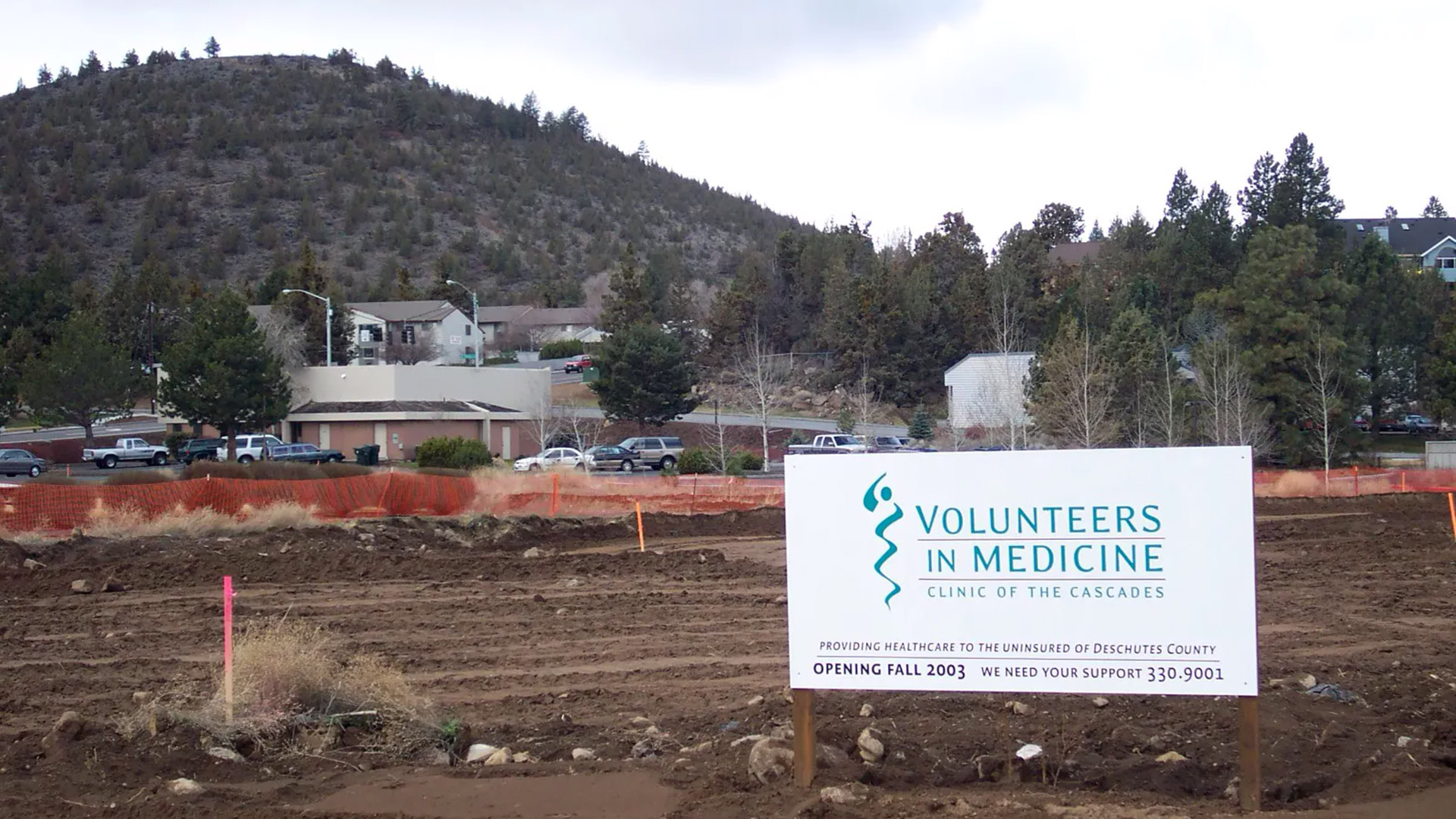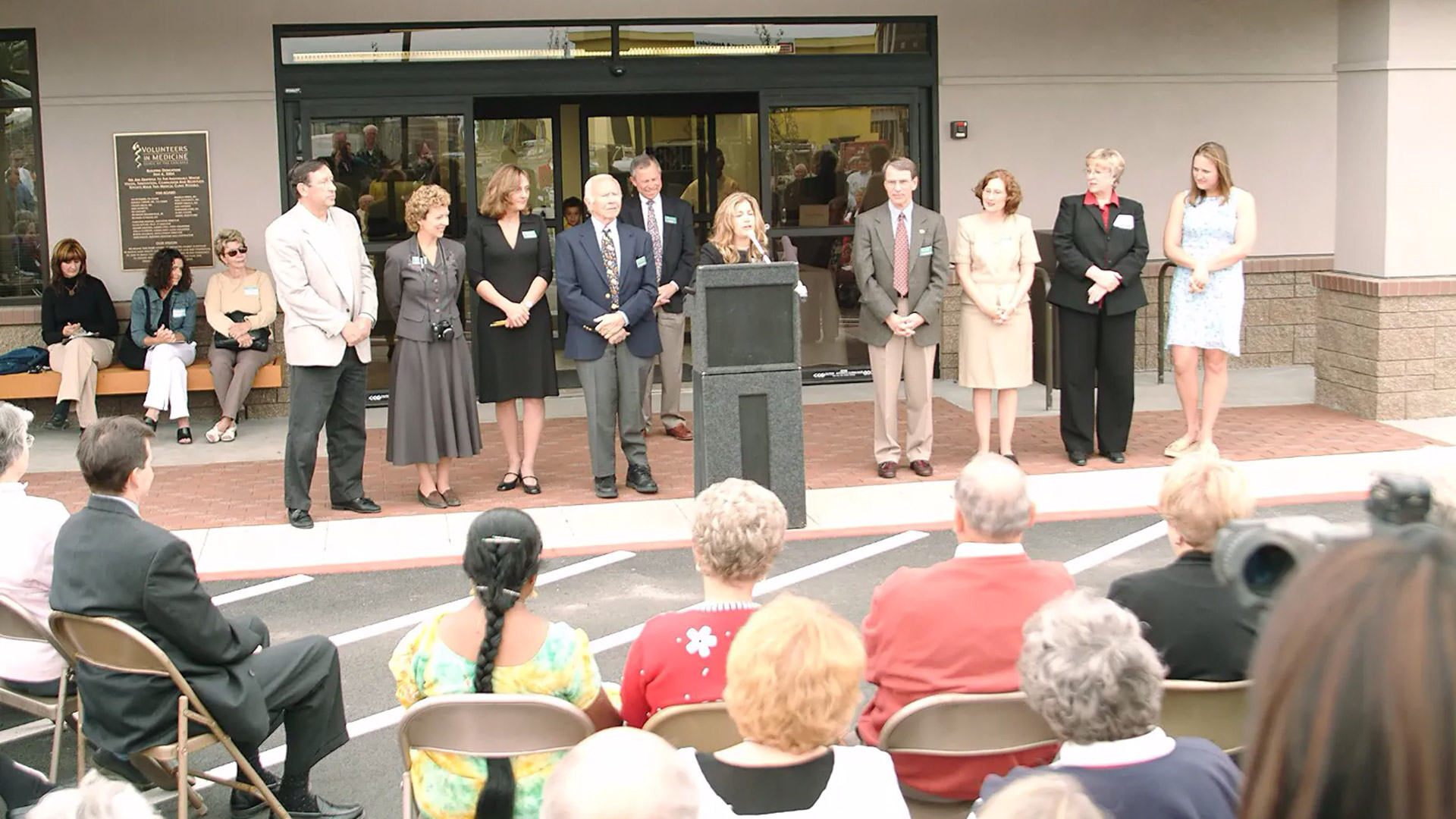Volunteers in Medicine’s history is one of vision, compassion, and dogged determination. The story began in 1999 when a small group of people decided to tackle a growing healthcare problem in Deschutes County. The goal: to find the most effective and cost-efficient way to care for low-income, working residents who weren’t receiving the medical care they needed because they were uninsured.
Without healthcare benefits, the uninsured were forced to use the hospital emergency room because most medical providers were, and still are, unable to see a patient without insurance. But emergency rooms are required by law to treat everyone, making them the catch-all alternative. The care is reactive by nature, and expensive. Costs are ultimately passed on to paying medical consumers and taxpayers, which strains community resources and still leaves patients without the ongoing care that they need.
In their research, the group found a clinic named Volunteers in Medicine in Hilton Head, South Carolina, and its program was intriguing. Jim Lussier, CEO, Cascade Health System, Jim Petersen, hospital board chair and attorney, and Dr. Stan Shepardson, hospital board member, and ophthalmologist boarded a plane to visit the clinic. They were struck by the similarities between Hilton Head and Bend and quickly decided that this was the model that they were looking for.

In April 2001, Amy R. Hamlin, Executive Director of the VIM Institute, was invited to speak to a group of concerned community leaders, physicians, nurses, and other healthcare specialists, to solicit broader interest in tackling the growing problem of the uninsured in Deschutes County. Out of that meeting, a steering committee was formed with Jim Petersen and Dr. Ron Carver as Co-Chairs of the 10 member committee, and the idea of a community clinic quickly gained momentum.
It would require a collaborative effort of local talents and resources. The plan was to recruit retired, active, medical professionals as volunteers, with the promise that they could practice the art of medicine without having to deal with the business of medicine.
With primary care anchored at the clinic, local for-profit providers and facilities would be approached to donate specialty services, as needed, on a referral basis. Non-medical volunteers would be trained to fill positions from patient screening and scheduling, to database entry, and a myriad of other jobs. And a small, highly skilled staff would oversee it all while raising the funds necessary to cover yearly overhead expenses.
In turn, patients would have the opportunity to be proactive with their medical care, keeping them out of the ER except for true emergencies. Chronic conditions like diabetes, pulmonary disease, hypertension, depression, and anxiety could be managed, and the vast majority of those receiving services would be able to continue to work and care for their families. This would also reduce their reliance on other community services, too, and pretty much eliminate the number one reason for bankruptcy filings – overwhelming medical bills.
It was a win-win for everyone.
Once Petersen, Lussier, and Shepardson presented the idea to other Central Oregon leaders, it quickly gained momentum. The Bend group became a member of the national Volunteers in Medicine Alliance for guidance to ensure the clinic’s success. In November 2001, Volunteers in Medicine Clinic of the Cascades (VIM) received its 501(c)3 non-profit status and the real work began.

Patients were first seen in a space donated by Deschutes County, but the long-term vision was to be a standalone free clinic that worked and felt like any other medical office. In 2003, Bend residents Les and Judy Alford donated $750,000 of the $1.1 million needed to construct a free-standing building, and St. Charles Medical Center agreed to lease the land for $1 per year. With these two acts, the dream for VIM was well on its way to being realized.
The clinic building was dedicated in 2004, and VIM was able to expand its care for the uninsured, debt-free. We opened using the first electronic medical records system in Central Oregon, making the clinic paperless and highly efficient. In the beginning, we also cared for children, but in 2010, the state’s Medicaid program, the Oregon Health Plan (OHP), broadened their benefits and our 18 and under patients became eligible for care through them. It was then that our focus shifted to working adults, age 18-64, without insurance, and that is where we remain today.
Currently, VIM patients receive a coordinated system of healthcare that can include primary and specialty care, prescription medications, mental health care, and/or basic dental care, as needed. Patients must qualify for services every 12 months and have a family income of less than 300% of the federal poverty line, or less than $93,600 annually for a family of four. Patients must be ineligible for OHP and/or denied after submitting an application. All care is provided without charge, however we encourage patients to contribute donations as they are able.
Since the clinic opened, we’ve provided $155 million in medical treatment and services to more than 15,000 patients who would not have access to primary or specialty healthcare without VIM. One day we hope our patients won’t need us. But until then, we’ll be here.

This talk is from 1995, and Jack McConnell is speaking to the Estes Park Institute. Some of you may be familiar with the Institute, which was a group of people who explored ways to educate and improve healthcare in the US. Dad recruited several people from Estes Park to join the VIM Board of Directors, including Steve Rivkin who introduces him in this video.
“I heard Dad (Jack) give this talk many times, but this is one of the best videos I’ve seen. It’s about 30 minutes long. For those of you who knew Dad, it will take you right back. For those who didn’t, you will get a sense of how compelling he was.”- Steve McConnell